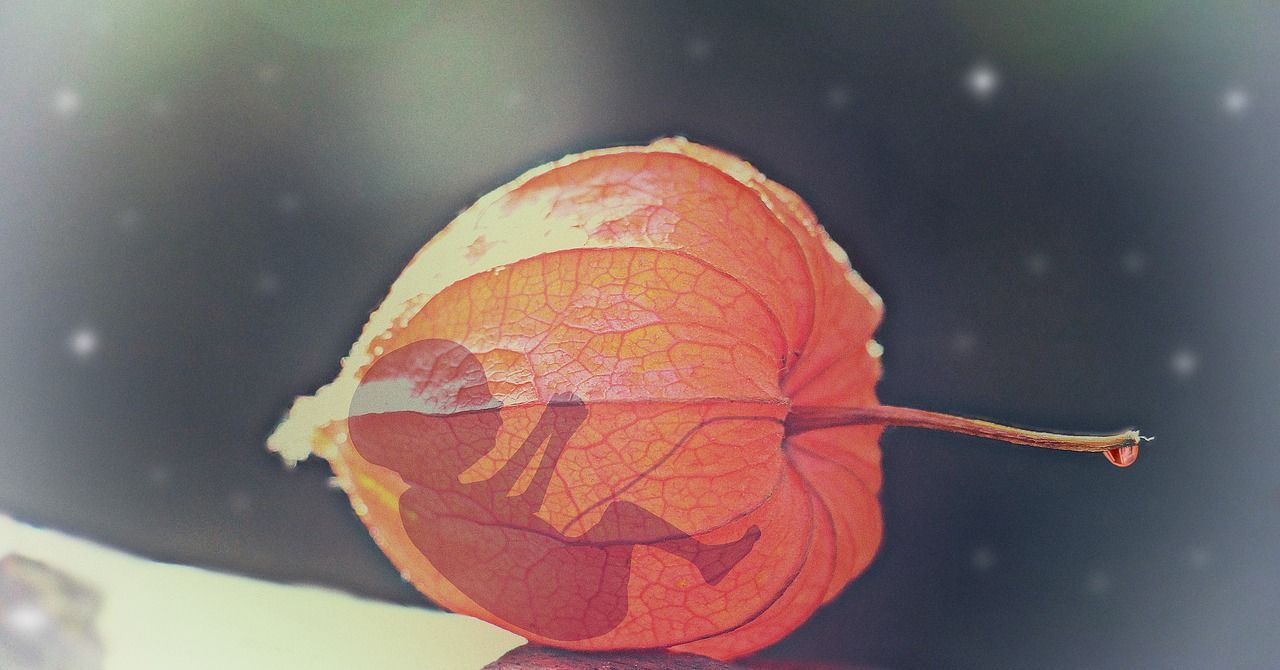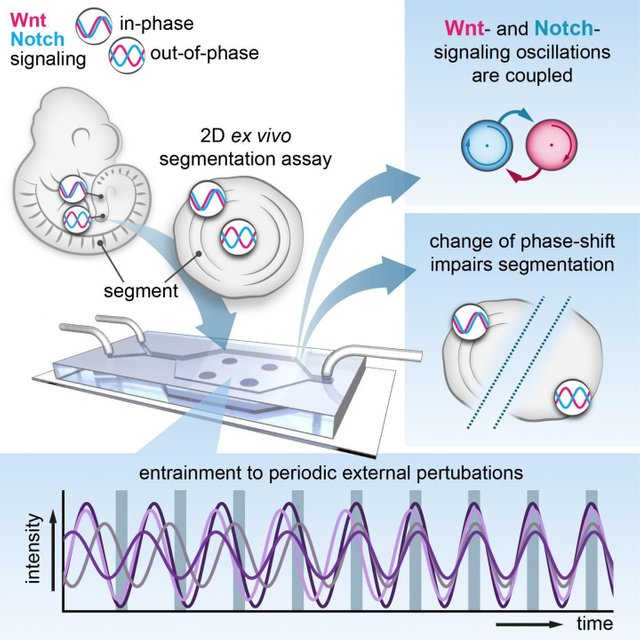During embryonic development, the mechanism that allows organs to grow proportionately to the overall size is based on two waves of gene signals and their greater or lesser synchronization. This was discovered by a group of researchers from the European Molecular Biology Laboratory (EMBL) sign an article published in "Cell" .
Credits Pixabay
When the embryos develop and grow, moving from a single fertilized egg cell to a perfectly functional organism, they must form structures and organs proportionate to the overall size of the embryo.
Because the correct size of structures is essential in all animals, Katharina F. Sonnen, Alexander Aulehla and colleagues examined cell signaling pathways known to be highly conserved in all species, focusing on two of them, known as " Notch path "and" Wnt path ", from the name of the two gene families that trigger these signals. Unlike other types of cellular signals, which exploit the release in the surrounding environment of proteins that can reach any other cell of the embryo, the Notch and Wnt signals are transmitted from a cell to the cells that are in contact with it, propagating as a wave.

Credits
In a series of experiments, the researchers controlled the temporal profile of expression of these genes in mouse embryonic cells destined to give rise to the vertebrae of the animal.
They found that the sizing of future vertebrae in a mouse embryo is controlled by how the expression of some specific genes oscillates, in a coordinated fashion, between neighboring cells. In particular they discovered that the faster the wave of the signals that propagate from one cell to another, the longer the vertebrae that will form. Moreover, the timing of activation and deactivation of all the genes involved in the formation of the vertebrae was due to the relative phase shift of the two signal waves of the Notch and Wnt path: the arrival in phase of the two waves to a certain cell corresponds to the activation of the genes, the arrival in opposition of phase to their extinction.
References For Further Reading
Regards
Sheikh Mughees